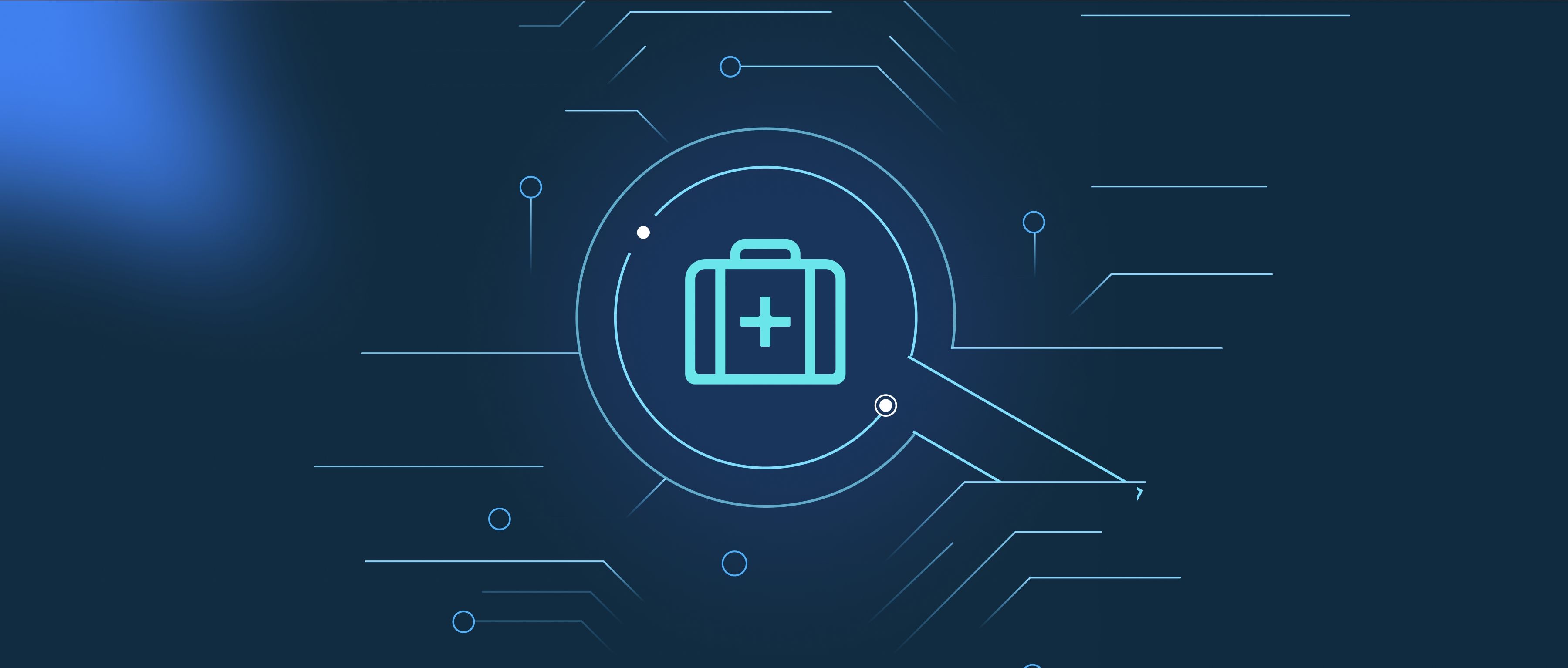To detect and handle biases in a dataset, start by conducting an initial analysis to understand the composition and distribution of your data. This involves looking at the demographics, categories, or features present in the dataset. For example, if you are working with a model for predictive text generation, you should check the representation of different languages, age groups, and gender. Tools like data visualization can help; charts and graphs can reveal imbalances in categories that may not be obvious from raw numbers alone. Statistical tests can also help identify discrepancies, such as using Chi-square tests to analyze categorical data distributions.
Once you have identified potential biases, the next step is to analyze their impact on your model's performance. For instance, run experiments to see if your model performs poorly on underrepresented groups in the dataset. If you find that your model is biased, it is crucial to take steps to correct it. Common methods include collecting more data to balance the representation of different groups, or using techniques like oversampling underrepresented classes and undersampling overrepresented ones. You may also consider data augmentation techniques or synthetic data generation to enhance diversity within the dataset.
Lastly, it’s essential to implement regular audits and monitoring of your model in production. Bias can appear at any stage, and ongoing assessment is key. Use feedback loops to continuously improve your dataset and model, and be sure to involve diverse viewpoints in the evaluation process. This could involve setting metrics that specifically measure fairness across different demographics or groups. Engaging with peers or stakeholders during this process can uncover insights you may have overlooked, ensuring that your final model serves a broader audience without perpetuating biases.
